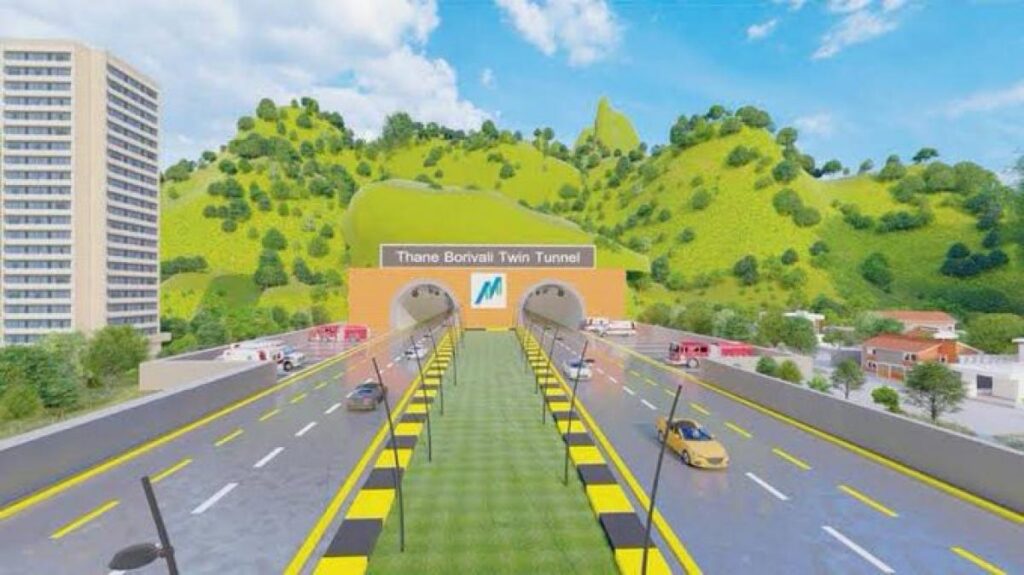A total of 19.43 hectares of forest land from Sanjay Gandhi National Park (SNGP) in Borivali has been formally handed over to the Brihanmumbai Municipal Corporation (BMC) for the Goregaon-Mulund Link Road (GMLR) project. This move follows final approval from the Union Ministry of Environment, Forest and Climate Change (MoEF&CC) under Section 2 of the Forest Conservation Act, 1980.
Key Part of Mumbai’s East-West Corridor Plan
The GMLR is a major infrastructure project designed to ease connectivity between the Eastern and Western suburbs of Mumbai. The 12.2-kilometre corridor is divided into four phases, with the third phase focusing on the construction of twin tunnels beneath the national park. Each tunnel will span 4.7 kilometres in length and 45.7 metres in width, running at depths between 20 and 160 metres below the surface.

Modern Engineering and Safety Features Planned
According to BMC, the tunnels will be built using advanced engineering technologies and will be equipped with modern amenities. These include smart lighting, ventilation and air purification systems, firefighting equipment, 24/7 CCTV surveillance, and operational control rooms at both ends. Emergency cross-passages will connect the two tunnels every 300 metres, and utility corridors for stormwater and future pipelines will also be integrated into the design.
Forest Status to Remain Legally Intact
Officials have clarified that although the land is being used for tunnel construction, its legal classification as forest land will not change. The tunnel route will be entirely underground, ensuring there is no disturbance to the surface area, trees, or biodiversity of the Sanjay Gandhi National Park.
Compensatory Afforestation in Chandrapur
To compensate for the diversion of forest land, the Maharashtra government will carry out afforestation on 19.5 hectares of non-forest land in Chandrapur district. Of this, 14.95 hectares will be in Vasanvihira village and 4.55 hectares in Gondmohadi village. These areas will be developed and maintained as forest zones.
Travel Time and Environmental Benefits
Once complete, the GMLR is expected to reduce travel time between the Eastern and Western suburbs from 75 minutes to 25 minutes. The project also promises improved air quality and fuel savings, with estimated annual carbon emission reductions of up to 22,400 tonnes. While roads like JVLR and SCLR already connect East and West Mumbai, civic authorities say the GMLR will particularly help decongest North Mumbai.
Likely Environmental Opposition Ahead
Despite assurances from the government, environmentalists are expected to push back against the project. Sanjay Gandhi National Park, like Aarey, is seen as one of Mumbai’s few remaining green spaces. Past protests over tree cutting in Aarey for Metro 3 suggest that any development affecting protected forest land could draw strong public and legal resistance.
